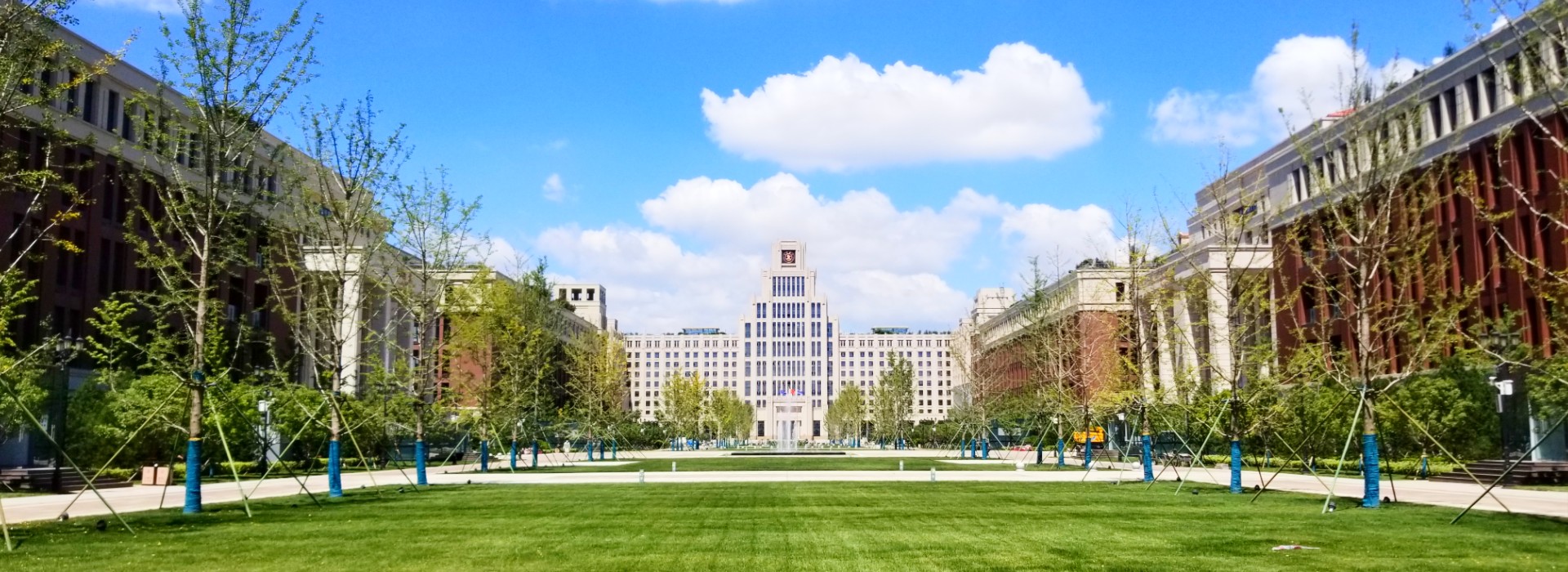Collaborative Teaching Goal: Cultivating Comprehensive Practical Skills for Future Architects
In today's society, facing the dual challenges of global climate change and resource constraints, the construction industry is rapidly transitioning toward green and low-carbon practices. Xi'an Jiaotong University deeply recognizes that cultivating architects with sustainable development concepts and practical capabilities is an important mission entrusted to higher education by the times. Therefore, in the "Architectural Design-1" course for the Fall 2024 semester in the architecture program at XJTU-Milan School, faculty and students from the School of Human Settlements and Civil Engineering and the Joint School of Design and Innovation collaborated with the Xi'an Ecological Environment Bureau Xixian New District Branch (Fengxi) and the Municipal Environmental Protection Company of China Railway Guangzhou Engineering Group to embark on a unique collaborative teaching journey. This teaching initiative aimed to deeply integrate theory and practice, enabling students to learn how to design low-carbon, environmentally friendly small public buildings through real-world projects. This approach not only enhances students' professional skills but also cultivates their sense of social responsibility and innovative thinking, preparing talent for the green development of the future construction industry.
Shared Teaching Significance: Building a New Model of Industry-Education Integration
This collaborative education practice between the university, government, and industry is not only an innovation in traditional teaching models but also an important attempt to effectively connect the education chain, talent chain, industry chain, and innovation chain. The Xi'an Ecological Environment Bureau Xixian New District Branch (Fengxi), as a local government department, provided policy guidance and a real-world context for project implementation. The Municipal Environmental Protection Company of China Railway Guangzhou Engineering Group, as a leading industry enterprise, brought cutting-edge design concepts and rich practical experience. Meanwhile, the architecture department of Xi'an Jiaotong University leveraged its profound academic foundation to build a bridge between theory and practice for students. The collaboration among the three parties not only optimized the allocation of educational resources but also provided students with a seamless platform to transition from theoretical learning to social practice. This enabled them to deeply understand the essence and value of low-carbon architecture while solving real-world problems, laying a solid foundation for their future careers.

On October 18, 2024, Zhao Bo, Director of the Xi'an Ecological Environment Bureau Xixian New District Branch (Fengxi), delivered a lecture titled "Integration of Science and Innovation in New Cities, Harmonious Coexistence of Water and Urban Ecology."

On the same day, Zhang Meng, Head of the Fengxi District Office of the Municipal Environmental Protection Company of China Railway Guangzhou Engineering Group, gave a lecture titled "Low-Carbon and Energy-Efficient Urban Construction and Specific Technical Applications."
Joint Teaching Implementation: Balancing Theory and Practice with Remarkable Results
In the specific implementation of the teaching, the course was meticulously designed into three stages. In the initial phase, the Xi'an Ecological Environment Bureau Xixian New District Branch (Fengxi) and the Municipal Environmental Protection Company of China Railway Guangzhou Engineering Group collaborated with university faculty to select project sites and plan the curriculum, ensuring that the teaching content closely aligned with real-world needs. After the course began, Zhao Bo, Director of the Xi'an Ecological Environment Bureau Xixian New District Branch (Fengxi), and Zhang Meng, Head of the Fengxi District Office of the Municipal Environmental Protection Company, delivered two special lectures to the students: "Integration of Science and Innovation in New Cities, Harmonious Coexistence of Water and Urban Ecology" and "Low-Carbon and Energy-Efficient Urban Construction and Specific Technical Applications." These lectures not only broadened the students' horizons but also provided valuable background information for subsequent design work. In the mid-term, students conducted field research along the Feng River, collecting environmental data, analyzing terrain and landforms, and developing preliminary design proposals. During this process, Liu Shuangrong from the Business Development Department and Chen Bofan, Head of Investment and Financing at the Municipal Environmental Protection Company, attended the students' research presentations. They provided detailed feedback on the students' research analysis and proposals, offering improvement suggestions that effectively enhanced the students' design thinking.
At the end of the semester, faculty and students plan to hold a public exhibition to showcase and explain their course achievements.

On November 1, 2024, second-year architecture students from the Joint School of Design and Innovation were conducting research presentations.

On the same day, second-year architecture students from the Joint School of Design and Innovation were presenting their research findings.
Conclusion:
Through this collaborative teaching practice, the architectural design courses at XJTU-Milan School have explored a new path for university-government-industry cooperative education. This initiative has provided students with valuable practical opportunities, allowing them to grow through practice and transform through challenges, contributing their wisdom and strength to the future of architecture.
